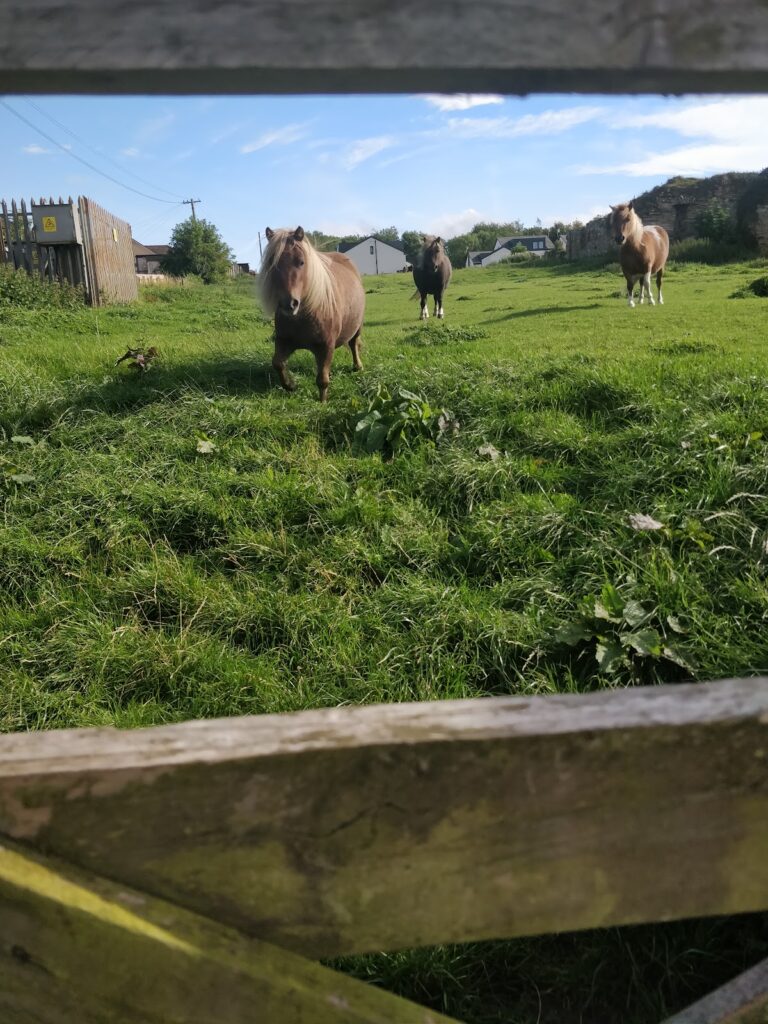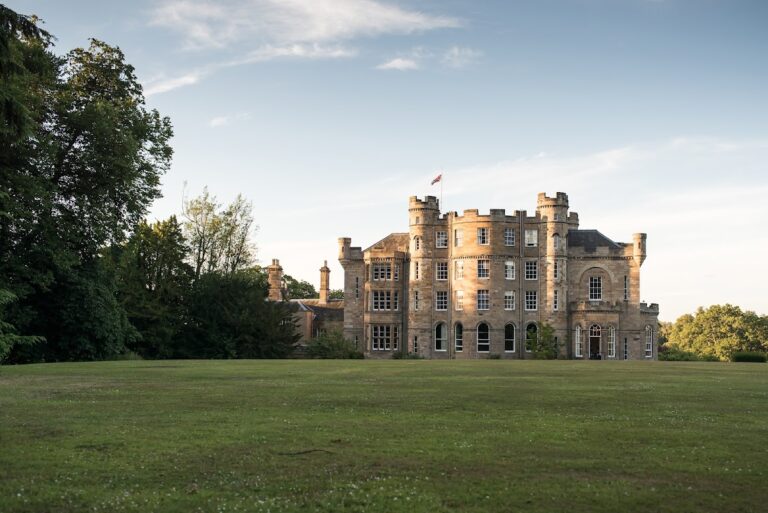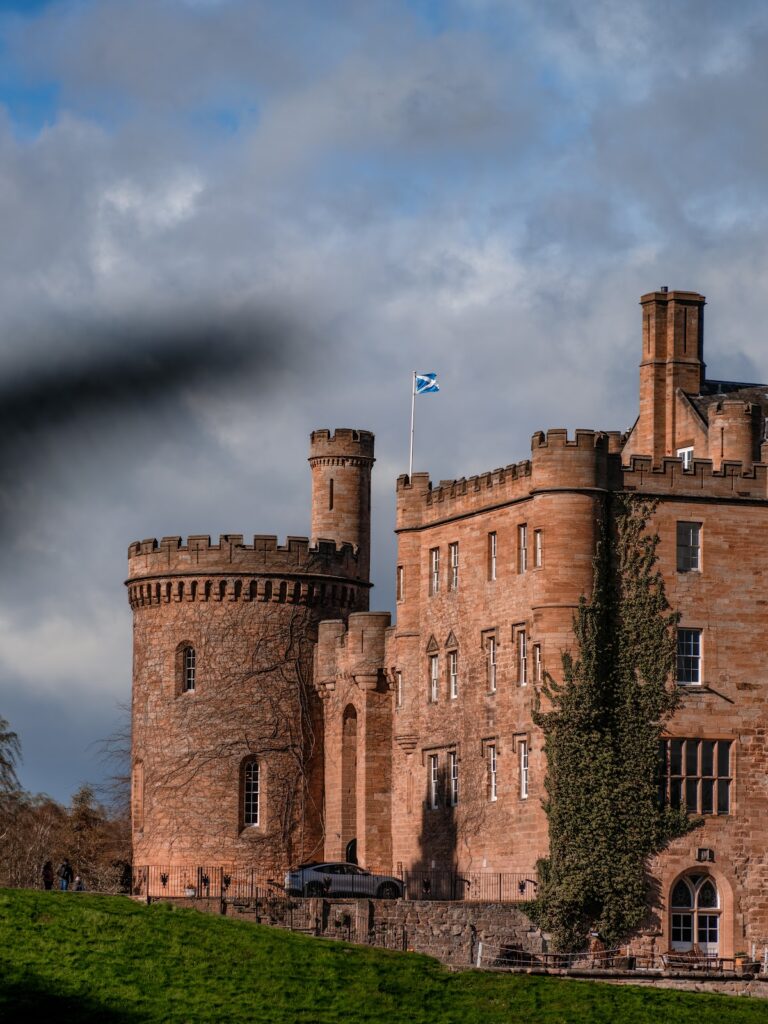Cousland Castle: A Historic Scottish Tower House
Visitor Information
Google Rating: 4.5
Popularity: Very Low
Google Maps: View on Google Maps
Country: United Kingdom
Civilization: Unclassified
Remains: Military
History
Cousland Castle is located in the village of Cousland in Scotland. It was constructed by the Scottish nobility during the 15th century as a fortified tower house, a common type of residence among the landed gentry of the period.
The castle initially served as a hunting lodge for the St Clair family, specifically the branch known as the St Clair of Roslin. This early use reflects the status and lifestyle of its owners, who held extensive lands and maintained the castle as a rural retreat. In 1493, ownership passed from Henry Sinclair, Lord Sinclair, to William Ruthven, Lord Ruthven, marking the beginning of the Ruthven family’s association with the property.
Before this transfer, the lands at Cousland had connections to Thomas Cochrane, a favored courtier of King James III of Scotland, who was granted the estate as a royal gift in the late 15th century. Cochrane’s tenure ended abruptly with his assassination in 1482, but the royal association of the estate continued to underscore its importance.
During the first half of the 16th century, Cousland Castle became embroiled in local conflicts. In 1529, it was set on fire amid a violent dispute between Patrick Charteris and William Ruthven, 2nd Lord Ruthven. Later, following the Battle of Pinkie in 1547—a significant military clash between Scotland and England—the castle was deliberately damaged, or “slighted,” by Edward Seymour, Duke of Somerset, as part of English efforts to suppress Scottish strongholds.
In military records from 1548, the castle appears under the name “Cowsland” on battle maps created by William Patten, reflecting variations in historical place-names. A notable event in the castle’s later history is linked to 1567 when Mary, Queen of Scots, is reputed to have surrendered formally to the Confederate Lords at or near Cousland Castle following the Battle of Carberry Hill. Some historical accounts suggest the surrender took place close by rather than within the castle itself, but the association remains part of local tradition.
Ownership of Cousland shifted through several prominent Scottish figures after this period. The castle came into the possession of John Ruthven, 3rd Earl of Gowrie, before being forfeited. Subsequently, it was granted to Hugh Herries, a physician to James VI and I who played a role in aiding the monarch’s rescue in 1605. Later owners included the Hays of Kinnoull and the Makgill family during the 17th century. By the late 1600s, John Dalrymple, 1st Earl of Stair, had acquired the estate.
Following its centuries of occupation and conflict, the castle fell into decline and was eventually demolished sometime after 1760. Today, the ruins survive as a protected Scheduled Monument, preserving its historical footprint within Scotland’s heritage.
Remains
The visible remains of Cousland Castle consist primarily of the ruins of a tower house dating from the 16th century and the surrounding enclosure walls. Originally constructed in the 15th century, the tower was expanded during the following century to form a more substantial residence, reflecting the evolving needs and status of its inhabitants. The complex is arranged around a square walled garden, which measures approximately 68 metres (223 feet) across, creating a defined courtyard space common to fortified homes of the period.
At the north-east corner of this enclosure lies the basement of the tower, notable for its vaulted ceiling. Vaulting refers to the curved architectural structure supporting the ceiling or roof, often constructed of stone, which was used to strengthen underground or lower-level rooms. This basement remnant highlights the solid, defensive construction methods employed in earlier phases of the castle.
Encircling the garden are stone walls roughly 85 centimetres (33 inches) thick. These substantial boundaries likely date from after 1690, suggesting later modifications to the estate’s defenses or garden layout. The northern portion of these enclosure walls remains largely intact, standing even after the main residential buildings were demolished, illustrating the endurance of certain structural elements over time.
Alongside the tower and enclosing walls, foundations from the house portion of the castle have been archaeologically confirmed. These foundational remains provide insight into the castle’s original footprint and hint at the scale of the residence before its decline. Together, the surviving fabric of the tower, house base, and garden walls comprise the key physical evidence of Cousland Castle’s historic presence.
The site is legally protected due to its cultural and archaeological importance, ensuring the ruins are preserved for study and reflection. While photographic records of excavations have been made, no detailed descriptions of decorative features or inscriptions have been documented, focusing attention on the architectural and historical significance of the structure’s remains.







